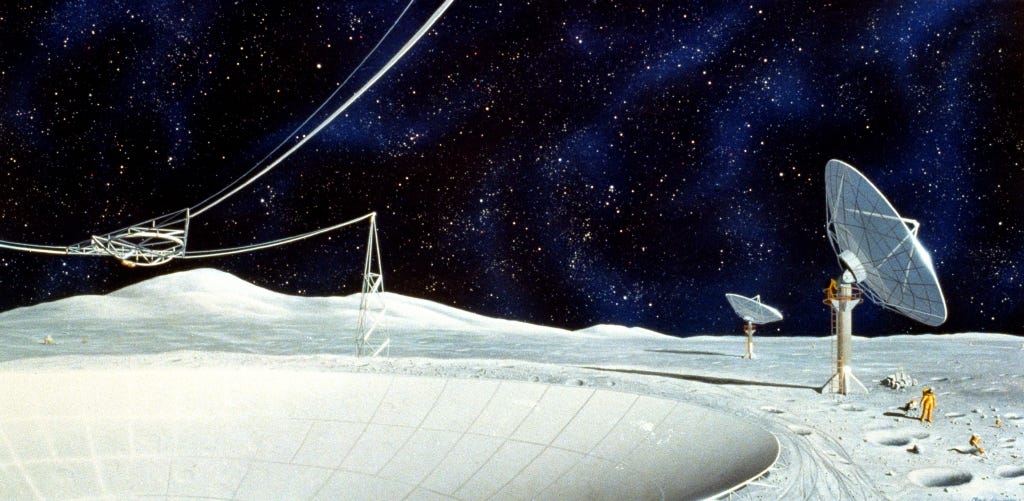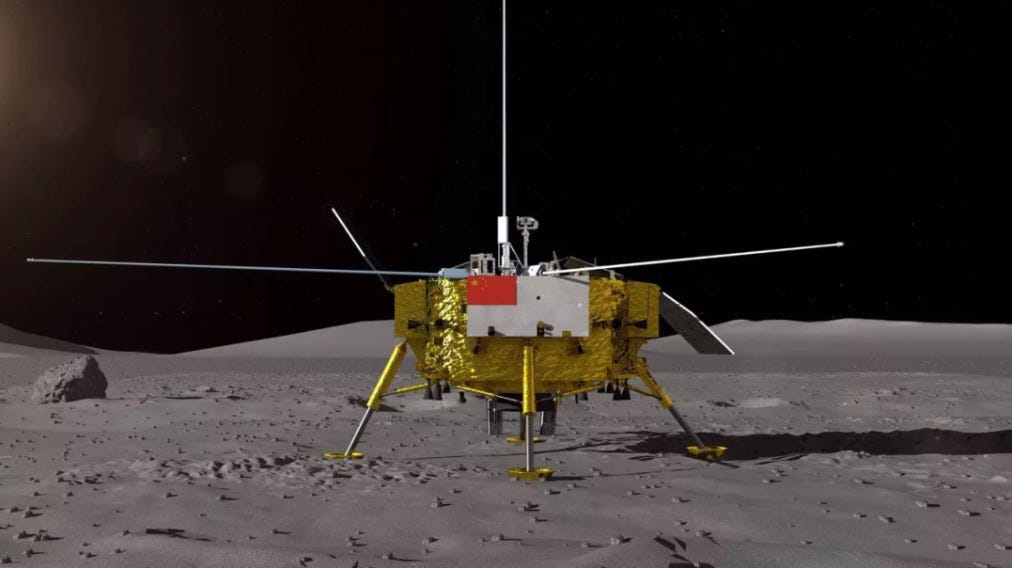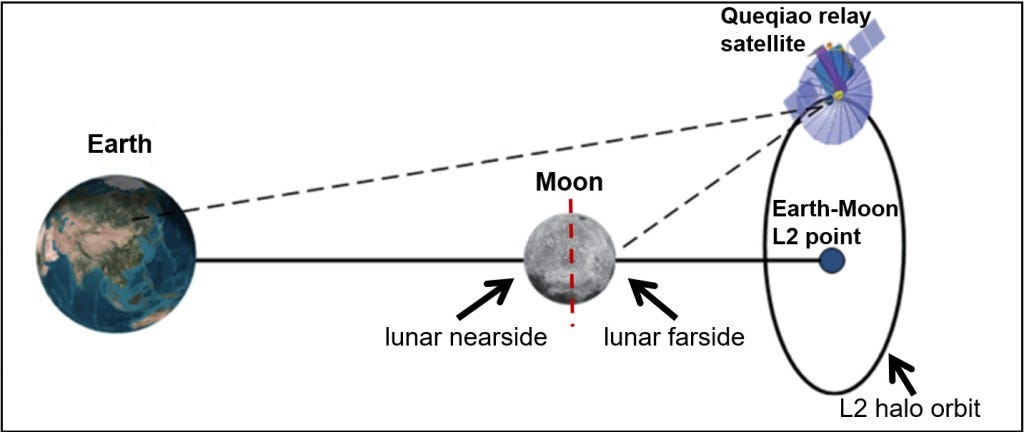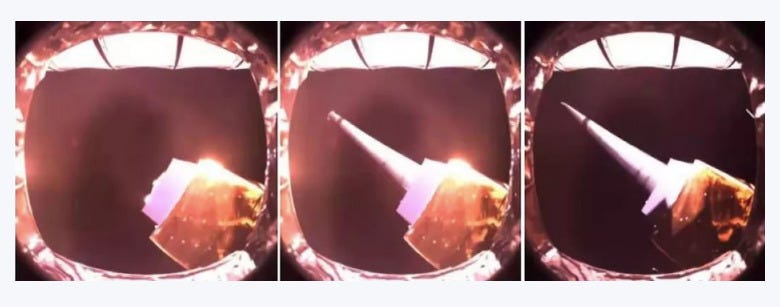The Moon’s potential for radio astronomy and Chang’e 4
The lunar farside is uniquely placed for better observing the radio Universe.
The Moon is an object that holds immense scientific value by itself. Its airless nature makes it a geological time capsule, allowing scientists to observe its features and infer events that took place in our Solar System millions and even billions of years ago. The Moon also has extrinsic scientific value; scientists consider it a good place for placing radio telescopes to better understand the Universe.

There are hundreds of radio telescopes on Earth, some of which helped produce the headline-making black hole image. Why bother with radio astronomy from the Moon?
Earth-based radio telescopes are great but can only detect higher frequency emissions from cosmic objects. The Earth’s atmosphere is largely opaque to lower frequencies emitted by these objects, especially below 30Hz. Even observing up to 100 Hz is challenging. Observing at lower frequencies is made more difficult by the multitude of human-built technologies which bombard radio waves in the same range. It just so happens that these lower frequencies are valuable in understanding a as-yet-inaccessible slice of time right after the birth of our Universe.
Enter the Moon, which only shows its one half to Earth because its tidally locked to our planet. The other half, the farside, never sees Earth and is thus shielded from radio interference. The Moon being airless allows detecting low frequency radio waves with no fuss. To that end, one mission on the Moon’s farside is making low frequency observations of the Universe as we speak.
In January 2019, China landed the Chang’e 4 spacecraft on the Moon’s farside, the first such feat ever. Since the farside cannot see Earth, the lander communicates to us via a relay satellite, Queqiao, placed 65,000 kilometers away in a stable orbit that provides a line of sight to Earth. Both the lander and Queqiao are equipped with three five-meter radio antennae to observe the Universe at low frequencies. As the Moon orbits Earth, the spacecraft duo detect emissions ranging from deep space objects like galaxies to ones in our Solar System like the Sun and Jupiter and more.


Both the Chang’e 4 lander and Queqiao are particularly observing radio emissions by hydrogen atoms in the slice of time between the Universe’s birth and the first stars being born. This slice of time refers to 300 to 800 million years after the Big Bang, the latter being our current consensus of how the Universe began. Currently, Queqiao’s observations are limited to the latter part of this time range because while one of the three antennae deployed perfectly, the other two were stuck at 2.5 meters length. It will be interesting to see the results coming out from these unprecedented observations from the Change’s 4 mission.

Such versatile and near-continuous observation capability of the Chang’e 4 mission is being used to create a radio map of the sky. To further that goal, these two spacecraft are also being tested to make use of interferometry, a technique used by multiple radio observatories on Earth to achieve higher resolution views of cosmic objects. Interferometry is what helped produce the first image of a black hole for instance.
In all, the Chang’e 4 mission is demonstrating the potential for radio astronomy on the Moon. China hopes to build on its success with the the launch of Chang’e 7 in 2024.
There are many radio astronomy instruments launching to the Moon in this decade. Two of NASA’s commercial Moon landing missions will carry a total of two instruments by 2024 to see how noise-free radio astronomy observations from the Moon really are. Based on this data, and a possible lunar orbiter radio telescope called DAPPER, we can build the proposed large 10-kilometer diameter telescope FARSIDE or the kilometer-wide Lunar Crater Radio Telescope since we’d then know how to account for known radio interference.
The radio-quiet Moon’s farside will also let scientists observe faint radio emissions from Jupiter-sized exoplanets, or magnetospheres around planets in our solar system, Sun storms, and more. With our sustainable return to the Moon, its farside will become a valuable place for high resolution and unique radio observations of the Universe.
This post was made possible thanks to Arun Raghavan supporting me.
Like what you read? Support me to keep me going.
